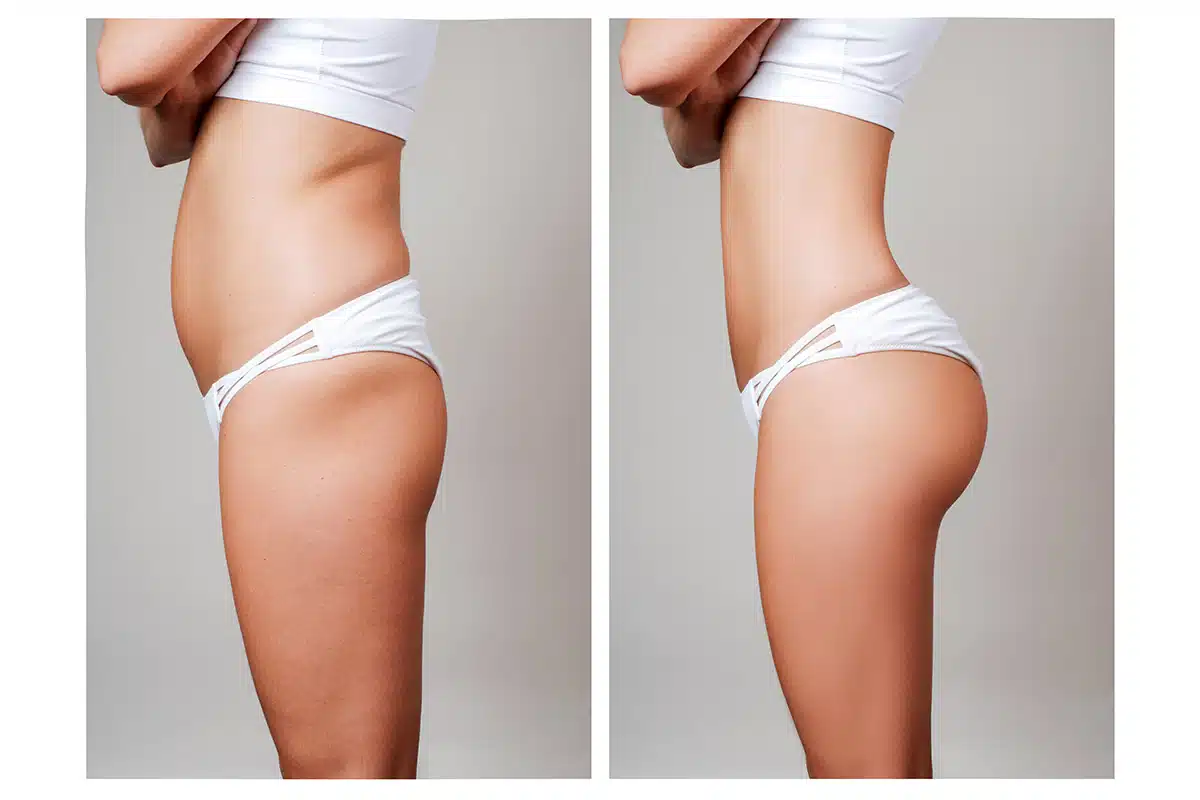
Body contouring procedures have evolved. People seek more natural enhancements. They want improvements that feel authentic. Fat transfer has become prominent. It offers a unique advantage. Using one’s own tissue feels safer. This method reshapes the body. It takes fat from unwanted areas. Then, it places it strategically elsewhere. This creates desired curves. The approach is highly personalized. It tailors to individual body types. The goal is harmonious proportions. Results look subtle yet impactful. This technique is gaining popularity.
What is a BBL Procedure?
BBL stands for Brazilian Butt Lift. It is a cosmetic surgical procedure. Its main goal is to enhance the buttocks. This enhancement uses fat transfer. It reshapes the gluteal area. The procedure creates a fuller appearance. It also aims for better projection. Often, it improves hip dips. The BBL sculpts the lower body. It provides a more hourglass figure. This procedure is customized. It considers individual anatomy. The surgeon plans the fat removal. They also map the fat injection. It’s a complex, artistic process.
The Source of Fat for Transfer
The BBL procedure begins with liposuction. Fat is carefully removed from donor sites. Common areas include the abdomen. The flanks (love handles) are also popular. Thighs and back often serve as sources. This removal slims these areas. It also provides the needed fat. The fat quality is important. Healthy fat cells are preferred. The amount of fat varies. It depends on the patient’s goals. It also depends on available fat. The surgeon selects the best sites. They ensure good results for both areas. This dual benefit is attractive.
How Fat is Prepared for Transfer
Once removed, the fat is processed. It undergoes careful purification. This step is crucial for success. Impurities are separated out. Blood, fluids, and damaged cells are removed. This ensures only healthy fat cells remain. Various techniques exist for processing. Centrifugation is a common method. It spins the fat at high speed. This separates the components effectively. Decantation also works, allowing gravity. Washing with saline can further purify. The goal is a concentrated fat graft. Pure fat cells survive better. This maximizes the transfer’s success.
Injecting Fat for Desired Shape
The purified fat is then injected. It is placed into the buttocks. The surgeon uses small cannulas. These are thin, blunt-tipped tubes. Injections are made in layers. This ensures even distribution. It also maximizes fat survival. The surgeon meticulously sculpts the area. They aim for natural contours. They consider overall body proportions. The goal is a balanced silhouette. Artistic skill is paramount here. The amount injected exceeds the final desired volume. Some fat cells won’t survive. This is a known aspect of fat transfer.
Fat Survival Rates and Predictability
Not all transferred fat survives. Some cells are naturally reabsorbed. The survival rate varies. It depends on many factors. Surgical technique is very important. Fat processing methods play a role. Patient health also influences it. Lifestyle habits matter too. Smoking can reduce survival. Generally, 50-70% survival is common. This makes predictability tricky. Surgeons account for this reabsorption. They often overfill slightly. This ensures enough volume remains. Discuss expected survival with your surgeon. They can offer realistic expectations. It’s a key part of the planning.
Post-Operative Care for BBL Patients
After a BBL, specific care is vital. Patients cannot sit directly on their buttocks. This pressure can damage fat cells. Special cushions are often used. These redistribute pressure. They allow fat cells to settle. Sleeping on the stomach is recommended. This helps protect the transferred fat. Compression garments are also worn. They help reduce swelling. They support the treated areas. Bruising and swelling are common. These resolve over several weeks. Pain medication helps manage discomfort. Following instructions is critical. It maximizes fat survival and results.
Expected Recovery Timeline
The initial recovery takes time. Most patients take 2-3 weeks off. This allows for proper healing. Swelling gradually subsides over months. The final results appear at 3-6 months. This is when swelling is fully gone. The transferred fat has settled. The body has reabsorbed excess cells. Light activity can resume early. Strenuous exercise is delayed. Listen to your body’s signals. Follow your surgeon’s advice closely. Patience during recovery is key. The full beauty unfolds over time. It’s a gradual process.
Potential Risks and Complications
Like any surgery, BBL has risks. Infection is a potential concern. Bleeding can occur at sites. Fat embolism is a serious, rare risk. This happens if fat enters blood vessels. It can travel to lungs or brain. Experienced surgeons minimize this risk. They use specific injection techniques. Asymmetry can sometimes occur. Some fat might not survive evenly. Numbness or skin irregularities are possible. Scarring from liposuction is minimal. Choosing a board-certified surgeon is crucial. They are trained to manage complications. Discuss all risks beforehand. Informed consent is very important.
Long-Term Outcomes and Maintenance
BBL results are often long-lasting. The surviving fat cells are permanent. They behave like natural fat. Weight fluctuations can affect results. Significant gain or loss changes shape. Maintaining a stable weight is ideal. A healthy lifestyle helps preserve results. Exercise and balanced diet are important. Follow-up appointments are recommended. Your surgeon monitors progress. They ensure results remain optimal. Minor touch-ups are sometimes sought. This is for fine-tuning or minor adjustments. The goal is enduring satisfaction. It’s a journey, not just a procedure.
Fat transfer in BBL procedures meticulously sculpts, enhancing natural curves with lasting, authentic results through carefully placed living cells.
